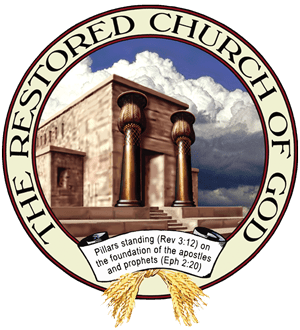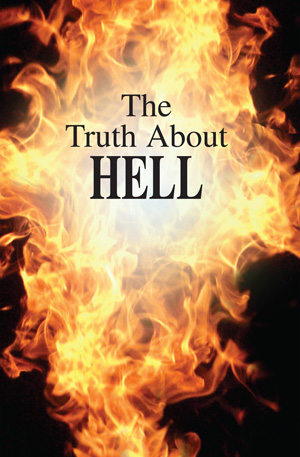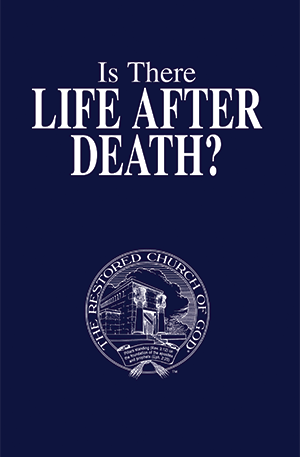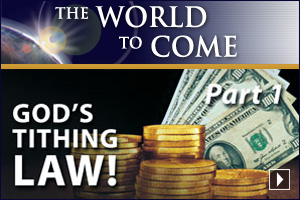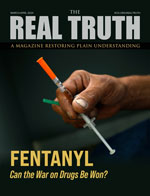Cremation is a practice of ancient pagan origin. It was one of the ceremonies involved in ancient fire worship. In an article entitled, “Cremation,” the Encyclopedia Americana states: “In primitive cultures [that] have survived into modern times cremation is widely practiced. Burning is not only supposed to destroy the dead body most effectively and thus prevent the possible return of the ghost, but since fire serves also as a purifying [agent], it is often considered a good means of warding off evil spirits…Besides discouraging the ghost from haunting the corpse and its former abode, and serving as a means of purification from evil spirits and the contamination associated with the dead body, cremation has also, in some instances…been associated with a belief in a heavenly abode for the spirit of the deceased. The flames of the funeral pyre, leaping upward, are thought to facilitate the ascent of the soul.”
Paganism originated with Nimrod and his “mother/wife,” Semiramis, and Nimrod himself first claimed the title of “Moloch.” (You may wish to request our free booklet The True Origin of Christmas, to learn more about this pagan god and his role in fathering false religion.) Nimrod’s worshippers made their children “pass through the fire to Moloch” (Jer. 32:35). God condemned this pagan practice, calling it an “abomination.”
Parents would sacrifice their children to Moloch, believing “that the fire that consumed them also perfected them, and made them meet for eternal happiness…Both the passing through the fire, and the burning in the fire, were essential rites in the worship of Moloch or Nimrod” (The Two Babylons, Hislop, p. 315).
Biblical examples show that simple burial was the Hebrew custom during that time (Gen. 25:9; 35:20). For example, the patriarch Jacob was embalmed (Egyptian custom) and buried (Gen. 50:5, 26). Christ, our Lord and Savior, was buried, not cremated. In an article entitled, “The Dead,” Encyclopedia Biblica states, “Burning was looked upon as abominable, as injury to the dead (Josh. 7:25; II Kings 23:20; Amos 2:1)…Not to be buried was a terrible disgrace which one could hardly wish even to one’s greatest enemy.”
Based upon the biblical examples, we recommend that the deceased simply be buried. However, in situations in which surviving relatives may have no control over the disposition of the body, it is important to remember that what happens to our bodies after death is of no consequence. God’s Word promises that all people will be resurrected (Acts 24:15; Rev. 20:12-15), whether their bodies became dust or ashes. Having lived a new life, upon conversion, and having died in the faith are what matter to God.
For additional information, you may also wish to read our booklets Is There Life After Death? and The Truth About Hell.



